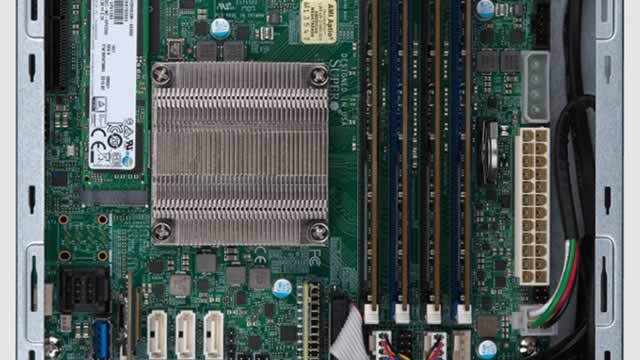Alibaba’s Divergent Performance: A Tale of TwoTickers
The recent earnings release from Alibaba Group Holding Limited has brought about an intriguing development in the market. The stock prices of the company’s dual-listed tickers, one on the New York Stock Exchange (NYSE) and the other on the Hong Kong Stock Exchange (HKEX), have shown a stark contrast in their performance.
Divergent Performance
Post the earnings release, the NYSE ticker saw a significant surge of 8%, indicating investor confidence and optimism. On the other hand, the HKEX ticker took a hit, falling by a disappointing 3%. This divergence in performance reflects different investor outlooks, with some preferring the U.S. ticker due to its access to U.S. tech markets and compliance with U.S. auditing standards.
Strong Growth Projections
Despite this short-term market volatility, Alibaba’s long-term growth prospects remain promising. The company is projected to achieve an overall FY 2025 revenue of $328 billion, representing a 6% annual growth rate. Moreover, the earnings per share (EPS) are anticipated to reach $1.22, a 105% increase from FY 2020.
International Commerce, AI, and Cloud Segments
The growth is primarily driven by Alibaba’s strong performance in international commerce, AI, and cloud segments. The company’s marketplaces, including Taobao and Tmall, continue to dominate the Chinese e-commerce market. Furthermore, Alibaba’s cloud business, Alibaba Cloud, is rapidly expanding, offering a range of services to both domestic and international clients.
Challenges and Uncertainties
However, Alibaba’s growth story is not without challenges. The U.S. ticker faces issues such as increased regulatory scrutiny and delisting threats due to China’s tensions with the U.S. Additionally, the Hong Kong ticker might be considered a safer bet for investors amidst China’s economic uncertainty. The Chinese economy, the world’s second-largest, is showing signs of slowing down, which could negatively impact Alibaba’s growth.
Impact on Individuals
As an individual investor, this divergent performance might influence your investment decisions. If you’re looking for potential growth, the U.S. ticker could be an attractive option. However, if you prefer a lower risk profile, the HKEX ticker might be a better fit. It’s essential to consider your investment goals, risk tolerance, and market outlook before making any investment decisions.
Impact on the World
On a larger scale, Alibaba’s performance and the divergent behavior of its tickers reflect the complexities of the global market. The ongoing tensions between the U.S. and China, as well as China’s economic instability, have significant implications for businesses and investors worldwide. Staying informed about these developments and understanding their potential impact on your investments is crucial.
Conclusion
In conclusion, the divergent performance of Alibaba’s dual-listed tickers highlights the intricacies of the global market. While the U.S. ticker might offer potential growth, the HKEX ticker could be a safer bet amidst China’s economic uncertainty. As an investor, it’s essential to consider these factors and stay informed about the latest developments to make informed decisions. Alibaba’s story serves as a reminder of the importance of understanding the complexities of the global market and the role that geopolitical tensions and economic instability can play in investment outcomes.
- Alibaba Group Holding Limited’s NYSE and HKEX tickers have shown contrasting performance post-earnings release
- U.S. ticker rose 8%, while HKEX ticker fell 3%
- Strong growth in international commerce, AI, and cloud segments
- Projected FY 2025 revenue of $328 billion and EPS of $1.22
- Challenges include U.S. regulatory scrutiny and China’s economic uncertainty
- Impact on individuals: consider investment goals, risk tolerance, and market outlook
- Impact on the world: reflects complexities of the global market and geopolitical tensions





